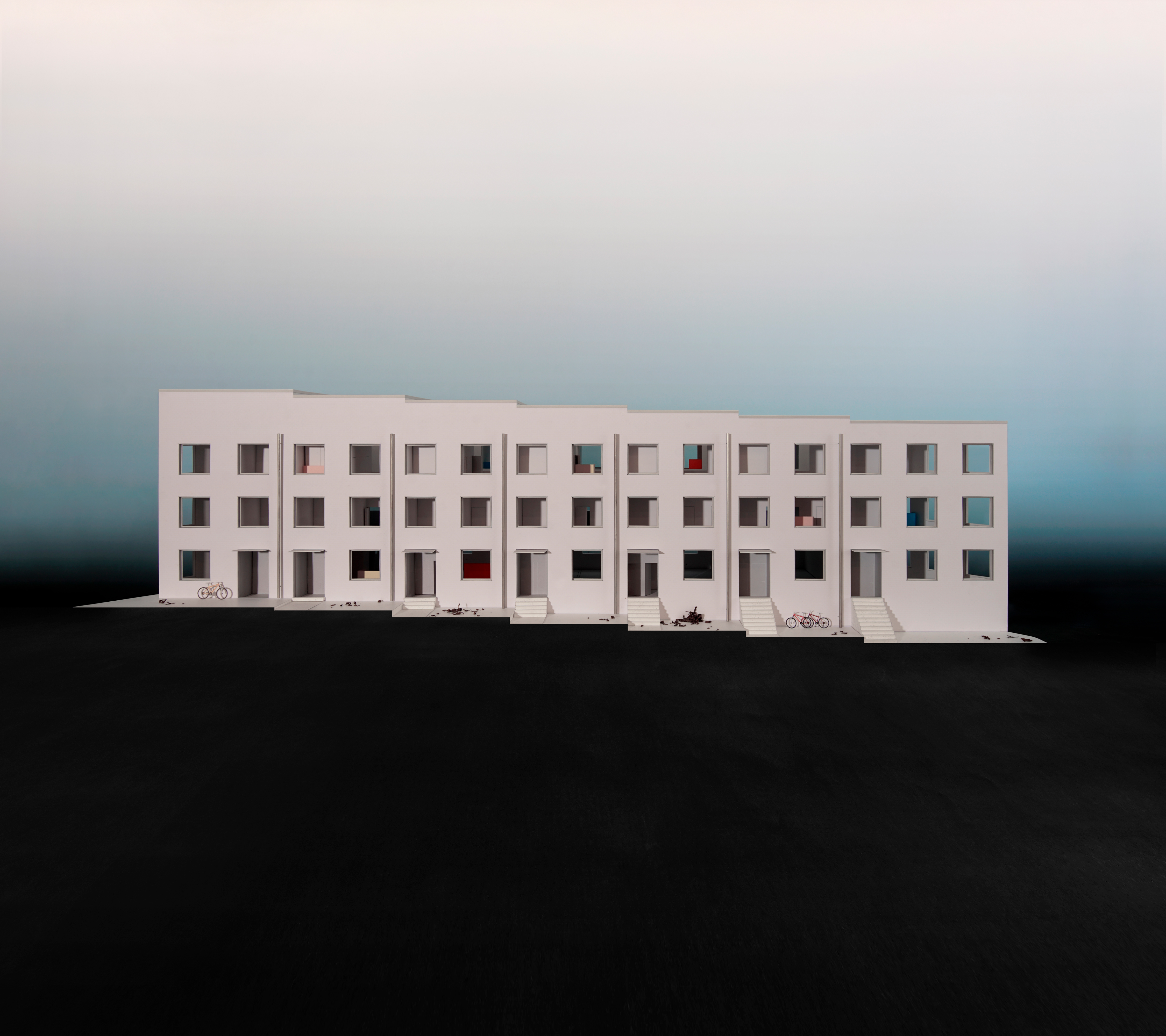Thank you to Thomas de Monchaux for reading and making suggestions on the working text.
John A. Templer, The Staircase: History and Theories (Cambridge: MIT Press, 1992).
Elaine Scarry, The Body in Pain: Making and Unmaking the World (Oxford: Oxford University Press, 1987). See also the American with Disabilites Act, ➝.
This project was built for a family member, who lived in the building and rented the remaining spaces to students. Thanks to Adele Santos for the interview, and to Mario Gooden for recommending Ilze Wolff’s important blog, ➝.
Robert Venturi, Complexity and Contradiction in Architecture (New York: MoMA, 1966), 116.
There is no mention even of the elevator, which would be needed to ascend to the highest floor and the main room where residents were to watch television overlooking a framed view of the Philadelphia skyline.
Venturi, Complexity and Contradiction in Architecture, 130.
Susanne Schindler, “Architecture vs. Housing: The Case of Sugar Hill,” Urban Omnibus, September 3, 2014, ➝.
O.M. Ungers: Works in Progress 1976-1980, eds. Kenneth Frampton and Silvia Kolbowski (New York: Rizzoli, 1981).
Kenneth Frampton, Álvaro Siza Vieira: A Pool in the Sea (IITAC Press, 2018), 40.
Farshid Moussavi, “Îlot 19 La Défense,” ➝.
Lacaton & Vassal, “23 dwellings, Trignac,” ➝.
Joseph Lluis Mateo, Global Housing Projects: 25 Buildings since 1980 (Barcelona and New York: ETH/Actar, 2008).
Karen Eicker, “Drivelines by LOT-EK,” Architectural Record, October 1, 2018, ➝.
